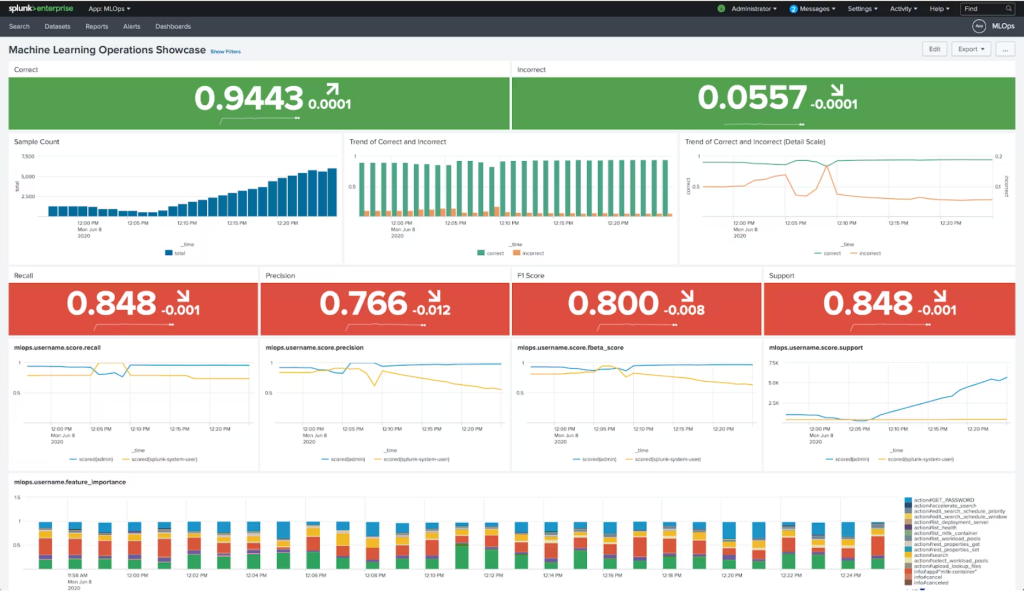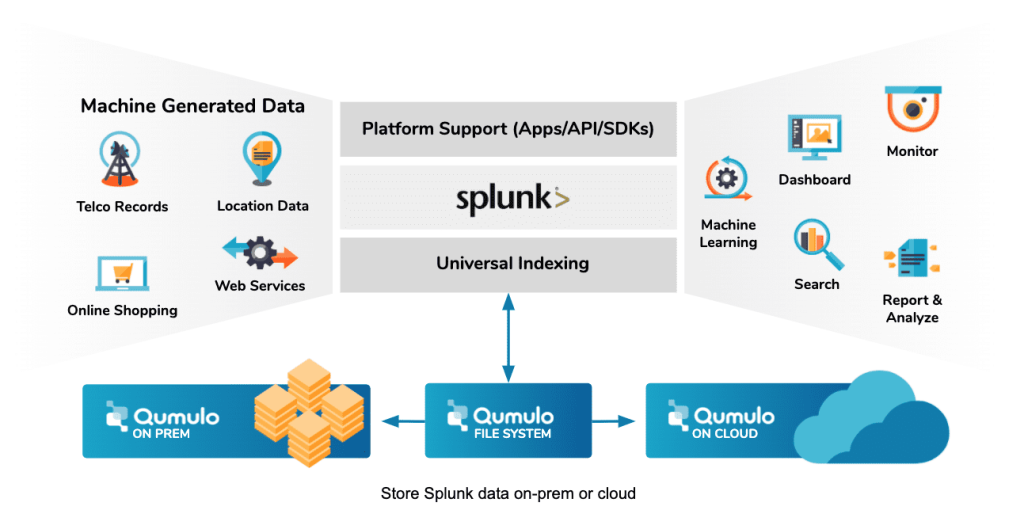
Are you tired of manual data analysis and monitoring? Do you want to streamline your monitoring process and increase efficiency? Look no further than Splunk’s MLOps!
Splunk’s MLOps uses machine learning to automatically monitor and analyze data, making it easy for businesses to identify patterns and anomalies in their data. This technology is especially useful in monitoring and observability, as it can quickly detect issues and provide real-time solutions.
What is MLOps?
Before we dive into Splunk’s MLOps, let’s take a step back and define what MLOps is. MLOps, or Machine Learning Operations, is the practice of applying DevOps principles to machine learning. It involves automating the machine learning process, from development to deployment, to ensure that models are accurate, reliable, and scalable.
MLOps is becoming increasingly popular in industries such as healthcare, finance, and retail, as it allows businesses to quickly and accurately analyze large amounts of data and make informed decisions.
How does Splunk use MLOps in Monitoring and Observability?
Splunk’s MLOps uses machine learning to analyze data in real-time, making it easy for businesses to identify patterns and anomalies in their data. This technology is especially useful in monitoring and observability, as it can quickly detect issues and provide real-time solutions.
Splunk’s MLOps is designed to work seamlessly with Splunk’s existing infrastructure, making it easy for businesses to integrate this technology into their monitoring process. With Splunk’s MLOps, businesses can:
- Automate the machine learning process, from development to deployment, to ensure that models are accurate, reliable, and scalable
- Quickly identify patterns and anomalies in their data, allowing them to quickly detect issues and provide real-time solutions
- Streamline their monitoring process, increasing efficiency and reducing the risk of human error
Benefits of Splunk’s MLOps in Monitoring and Observability
There are many benefits to using Splunk’s MLOps in monitoring and observability. Some of these benefits include:

- Increased efficiency: Splunk’s MLOps automates the machine learning process, from development to deployment, making it easy for businesses to quickly identify patterns and anomalies in their data.
- Real-time solutions: With Splunk’s MLOps, businesses can quickly detect issues and provide real-time solutions, reducing the risk of downtime and increasing customer satisfaction.
- Scalability: Splunk’s MLOps is designed to be scalable, making it easy for businesses to analyze large amounts of data and make informed decisions.
Conclusion
In conclusion, Splunk’s MLOps is a game-changer for businesses looking to streamline their monitoring process and increase efficiency. By automating the machine learning process, from development to deployment, businesses can quickly identify patterns and anomalies in their data, reducing the risk of downtime and increasing customer satisfaction. So why wait? Start using Splunk’s MLOps today and take your business to the next level!